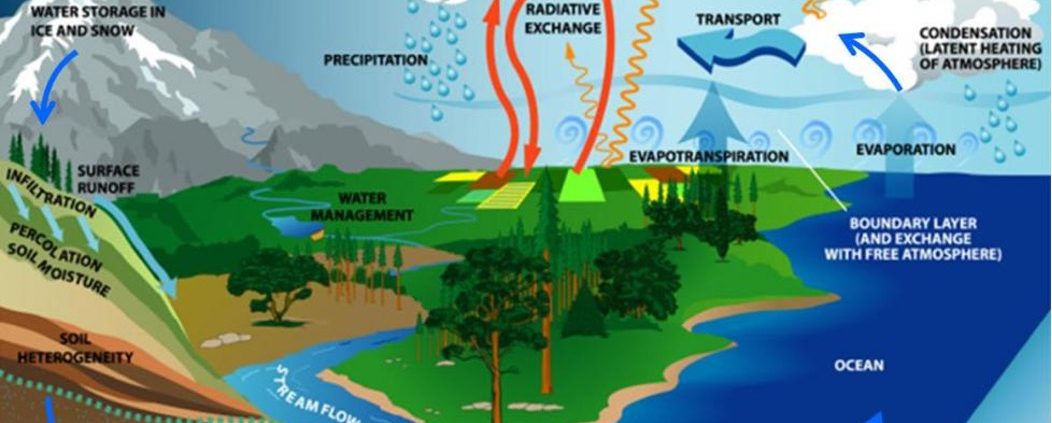Understanding the Emergence of Blue-Green and Filamentous Algae in Water Bodies
Introduction
Water bodies, from freshwater lakes to brackish ponds, are teeming with diverse life forms. Among the myriad of aquatic life, blue-green and filamentous algae have garnered attention due to their frequent and, sometimes, explosive appearances. Understanding the factors contributing to their growth helps in implementing effective management strategies.
The Science Behind Blue-Green Algae
What is Blue-Green Algae?
Blue-green algae, also known as cyanobacteria, are not true algae but are microorganisms that employ photosynthesis. They flourish in various aquatic environments and are known for their distinctive blue-green coloration.
Growth Conditions and Proliferation
Several factors promote the proliferation of blue-green algae:
- High Nutrient Levels: Overloading water with nutrients, especially nitrogen and phosphorus, accelerates their growth.
- Light: They require ample sunlight to undergo photosynthesis and proliferate.
- Temperature: Warm water temperatures are conducive to their rapid growth.
- Stagnation: Slow-moving or stagnant waters provide a stable environment for these algae to thrive.
Filamentous Algae: An Overview
Filamentous algae are green algae with long, thread-like structures. They can form dense mats on the water’s surface, often resembling wet wool or green cotton.
Factors Influencing Filamentous Algae Growth
- Nutrient Availability: Just like their blue-green counterparts, filamentous algae thrive in nutrient-rich conditions.
- Sunlight: Access to sunlight enhances their growth.
- Water Flow: Slower moving waters allow filamentous algae to establish and grow.
The Ecological Impact of Algal Blooms
The sudden, dense growth of algae, known as algal blooms, can have several ecological consequences:
- Oxygen Depletion: As algae die and decompose, they consume a significant amount of oxygen, potentially leading to fish kills.
- Toxins Production: Some blue-green algae produce toxins harmful to aquatic life and even humans.
- Habitat Disruption: Dense algal growth can impede sunlight penetration, affecting the aquatic flora and fauna beneath.
Managing Algal Growth in Aquatic Ecosystems
To address the concerns posed by these algae, integrated management strategies are crucial:
- Nutrient Management: Reducing nutrient input into water bodies by controlling runoff and using phosphorus-free detergents can mitigate algal growth.
- Aeration: Introducing oxygen through aerators or fountains can disrupt the growth of algae.
- Biological Controls: Some aquatic organisms feed on these algae, controlling their numbers naturally.
Conclusion
The proliferation of blue-green and filamentous algae in water bodies is a multifaceted issue influenced by various environmental conditions. A comprehensive understanding of these factors is pivotal in devising effective strategies to manage and control their growth, ensuring the health and balance of aquatic ecosystems.



